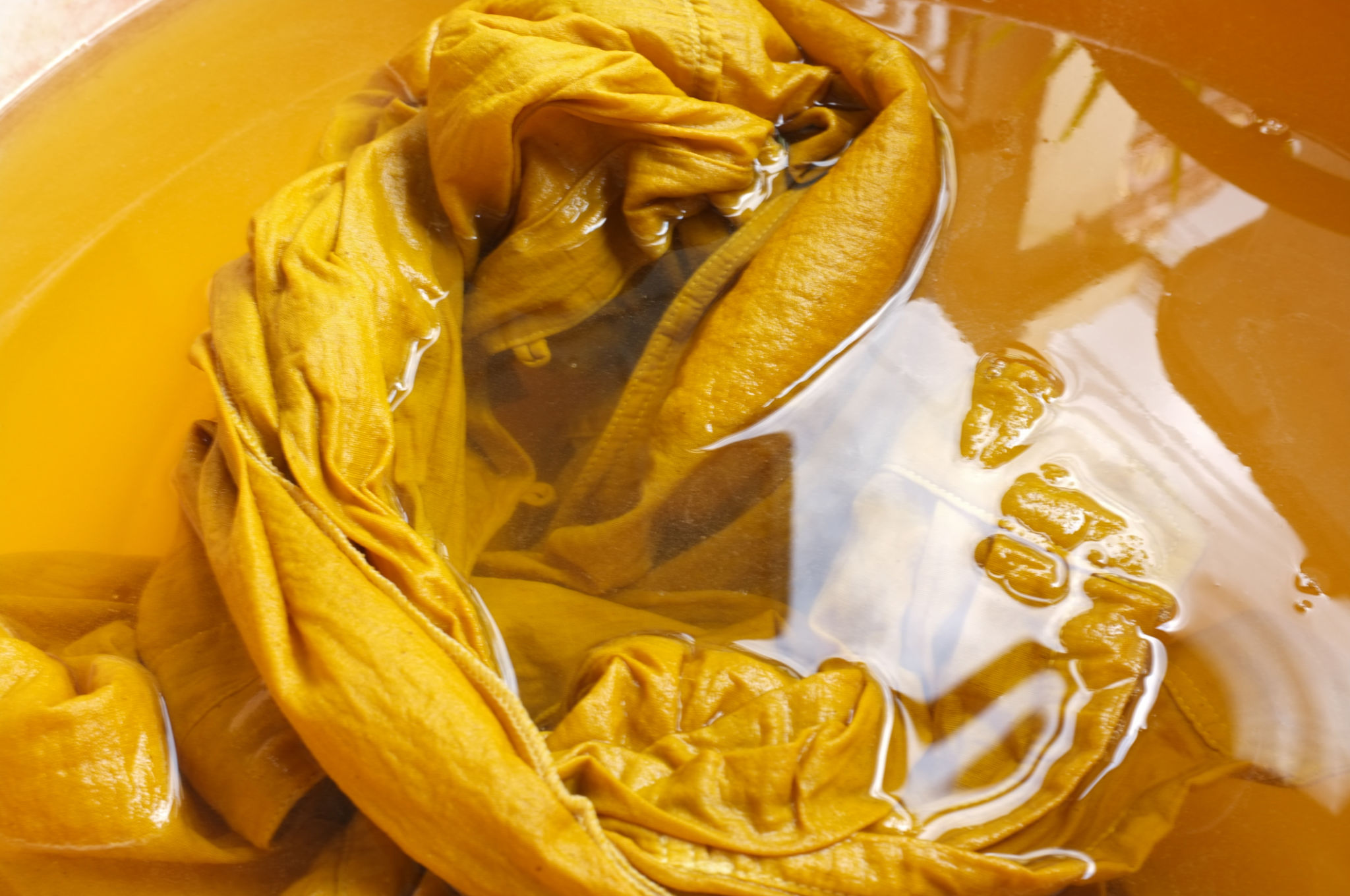The Ultimate Guide to Using Natural Dyes in Fabrics
Introduction to Natural Dyes
Natural dyes have been used for centuries, offering a sustainable and eco-friendly alternative to synthetic dyes. Derived from plants, minerals, and insects, these organic substances can produce a wide range of vibrant colors. Using natural dyes not only reduces the environmental impact but also adds unique character to fabrics.
In this guide, we will explore the basics of using natural dyes, including how to source materials, prepare fabrics, and achieve the best results. Whether you're an experienced dyer or a curious beginner, this ultimate guide will provide you with the essential knowledge needed to start your natural dyeing journey.

Sourcing Natural Dye Materials
One of the exciting aspects of natural dyeing is discovering and experimenting with various dye sources. You can find dye materials right in your backyard or local market. Common plant-based dyes include indigo for blues, madder root for reds, and turmeric for yellows. Additionally, kitchen waste such as onion skins and avocado pits can also be used to create beautiful hues.
When sourcing materials, consider the seasonality and availability of plants in your region. Visiting local farms or gardening centers can be a great way to gather fresh materials. Make sure to research the specific dye properties of each plant you use, as they can vary significantly in terms of colorfastness and intensity.
Preparing Fabrics for Dyeing
Before you start dyeing, it's crucial to properly prepare your fabrics. This process typically involves pre-washing and mordanting. Pre-washing helps remove any residues or finishes that might interfere with dye absorption. Use a gentle, natural detergent to ensure your fabric is clean and ready for dyeing.

Mordanting is an essential step for fixing the dye to the fabric and enhancing colorfastness. Common mordants include alum, iron, and tannin. The choice of mordant can also affect the shade and intensity of the final color. It's important to follow safety guidelines when handling mordants, as some can be toxic in concentrated forms.
The Dyeing Process
With your materials sourced and fabrics prepared, you're ready to begin the dyeing process. Start by creating a dye bath by simmering the dye materials in water until you achieve the desired color intensity. This process can take anywhere from 30 minutes to several hours, depending on the material and desired result.
Once the dye bath is ready, submerge your fabric completely, ensuring even coverage. Stir occasionally to promote uniform dye absorption. The length of time you leave the fabric in the dye bath will affect the depth of color; generally, longer soaking results in richer hues.

Finishing Touches and Care
After achieving your desired color, rinse the fabric thoroughly under cold water until it runs clear. This helps remove any excess dye particles that haven't bonded with the fabric. Hang the fabric to dry away from direct sunlight to prevent fading.
Caring for naturally dyed fabrics requires a gentle approach. Wash them separately by hand or on a delicate cycle using a mild detergent. Avoid exposure to harsh chemicals or prolonged sunlight to maintain their vibrant colors over time.
Advantages of Natural Dyeing
Using natural dyes offers numerous benefits beyond just their aesthetic appeal. They are biodegradable, reducing environmental pollution compared to synthetic dyes. Natural dyes often have antimicrobial properties and are less likely to cause allergic reactions due to their non-toxic nature.
By choosing natural dyes, you're supporting a sustainable practice that values traditional craftsmanship and ecological responsibility. This approach not only enriches your textile projects but also contributes positively to the environment.
Conclusion
Natural dyeing is a rewarding and creative process that connects us with nature and history. By following this guide, you can explore a wide spectrum of colors while minimizing environmental impact. Whether you're creating garments, home textiles, or art pieces, incorporating natural dyes into your projects adds a layer of authenticity and sustainability.
Embrace the journey of discovery with natural dyes and enjoy the unique beauty they bring to your fabrics. Happy dyeing!
